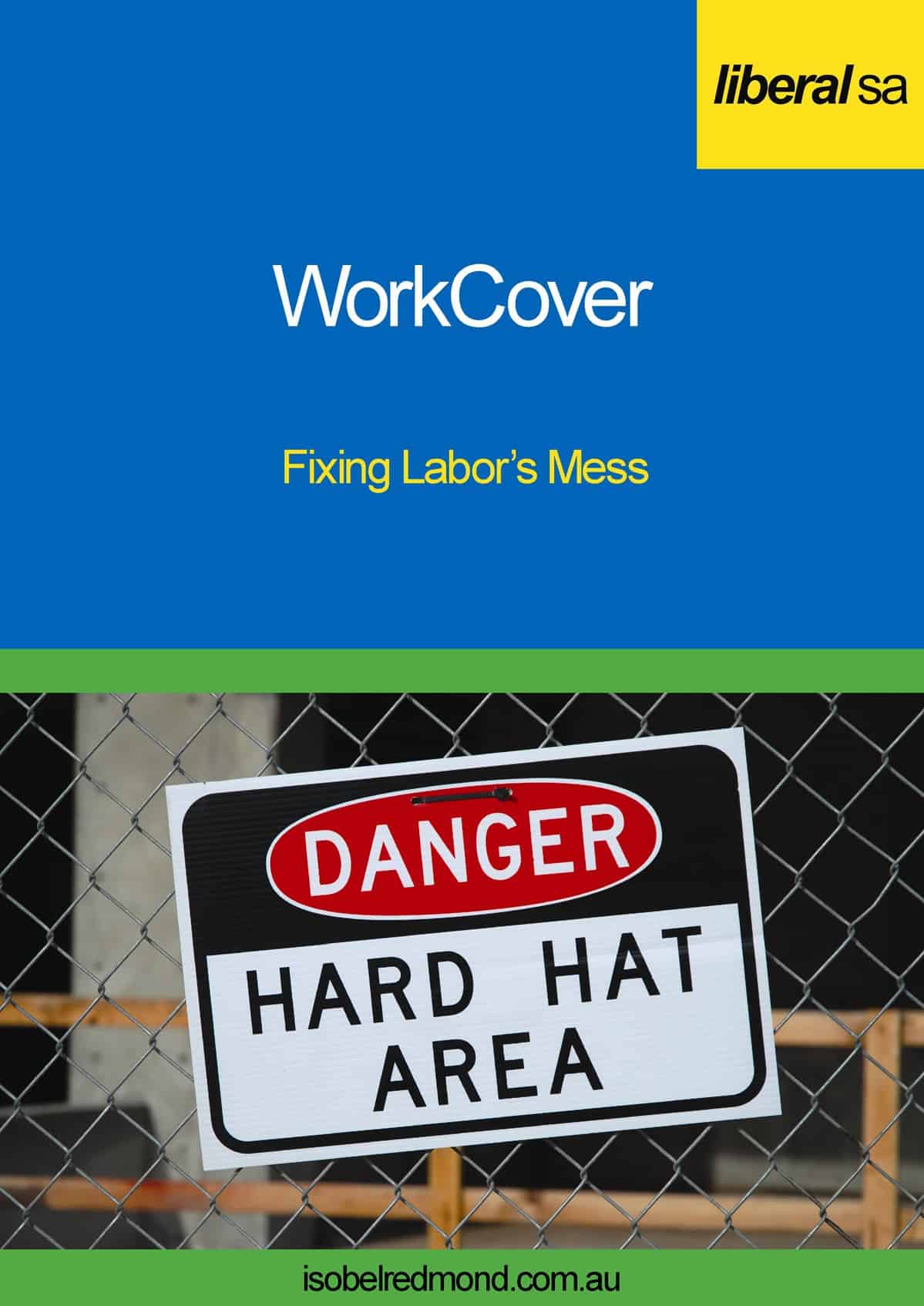As workers’ compensation keeps bubbling away as a political issues in South Australia ahead of this weekend’s State election, other Australian States are not sitting still on workers’ compensation.
Amendments to Victoria’s workers’ compensation system have passed through Parliament on 11 March 2010 enacting most of the findings of the 2007 Hanks inquiry. The laws will be gradually introduced but with most effective from 5 April 2010.
The best summary of the amended laws is on the Victorian WorkCover website. Continue reading “Legal changes for Victoria’s workers’ compensation laws”


